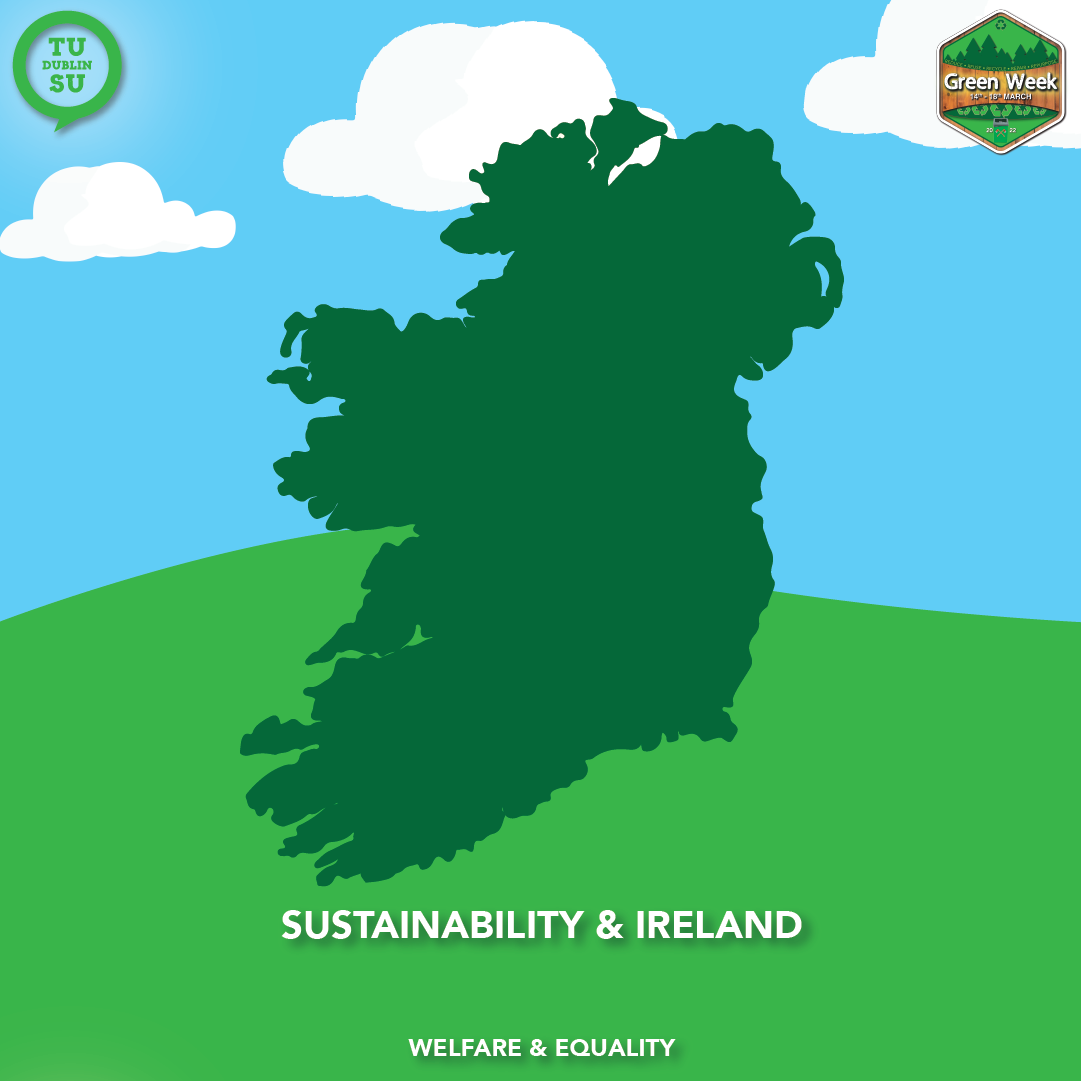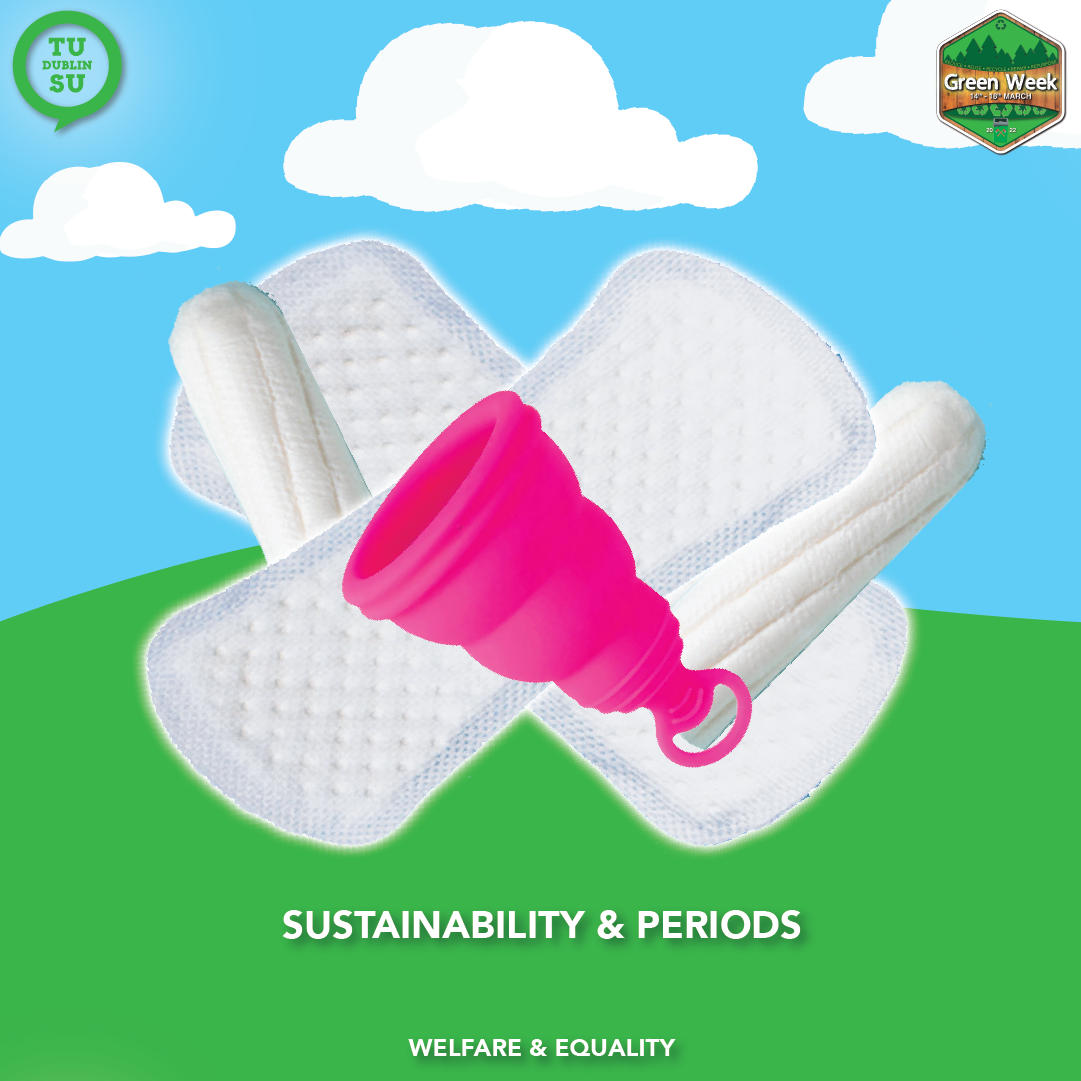 In Ireland, not only have we failed to reduce our carbon emissions, they have actually been rising, mostly because of activities like intensive agriculture, transport, and energy.
In Ireland, not only have we failed to reduce our carbon emissions, they have actually been rising, mostly because of activities like intensive agriculture, transport, and energy.
Ireland is ranked among the worst-performing developed countries for climate action both in the EU and globally. In 2020, the Climate Change Performance Index (CCPI) ranked Ireland 39th out of 57 countries when it comes to responding to the climate crisis.
Temperatures have risen by 0.7oC between 1890-2008 and most significantly by 0.4oC between 1980-2008.
If the rate of global warming continues to increase and the climate continues to change, there could be severe adverse effects on Ireland. As an island nation we are particularly vulnerable to increasing sea levels with coastal regions facing issues of flooding.
What is Ireland doing about Climate Change
In 2021, Ireland signed its Climate Action Act into law, making it legally-binding and providing a framework for achieving our international and EU climate targets.
This law aims to set out a path to net-zero emissions by 2050, and a 51% reduction in greenhouse gas emissions by 2030. Achieving net-zero emissions would mean the amount of greenhouse gas we put into the atmosphere is equal to the amount that is being removed from the atmosphere.
Ireland has signed up to a number of international agreements that set out targets for reducing emissions globally. These include the 2015 UN Paris Agreement and EU agreements.
While the targets set out in the Paris Agreement are not binding (which means there will be no punishment from the UN if we don’t meet them), the EU targets are binding. This means we can be fined for not meeting them, which can cost the country millions of euros each year.
Unfortunately, Ireland is consistently falling behind targets, which not only means losing out on millions of euros, but also putting our future at risk and making it harder to reach targets in the future.
What can YOU do?
If you want to see the government do more on climate change, the best thing you can do is let them know. Contact your local politicians to demand action, join protests, sign petitions and join climate action groups. By showing that young people care and they are watching, we can put pressure on the government to do more.
How to have a truly green St. Patricks Day
- Plant something green! St Patricks Day comes right around the same time as Spring so it’s a great opportunity to plant a few small trees or bushes in your garden! Also, maybe pass up on the weird, artificially grown, force fed shamrock this year. Start growing your own for next year!
- Eat something green! Locally sourced green veggies are so much better for the environment. Think cucumber, broccoli, and cabbage. That’ll put the hair on your chest!
- Drink something green! If you’re thinking about having a few beveraginos this St Pattys Day, drink what’s on tap. Drinking from a glass bottle or aluminium can is the worst thing you can do for the environment (and also gross). Plus, everyone knows Guina tastes better on tap (and the domage!).
- Wear something green! This goes beyond a five euro polyester t shirt from Penneys. Get into the chazza and pick up a fab second hand, sustainable garm for a fraction of the price. Charity shops always meet the mark when it comes to having an array of holiday themed clobber.
- Drive something green! Get the bus or train into your local parade. Shure there’ll be no parkin’ anyway!
Sustainable Periods

Sustainable alternatives:
- Menstrual Cups (Use code PERIOD15 sexsiopa for a 15% discount on all menstrual products)
- Reusable pads
- Period underwear
- Organic pads & tampons
- Bamboo pads & tampons
- Tampons with a cardboard applicator
- Free bleeding
DIY Reusable Period Pad
Materials:
- Thick paper
- Marker pen
- Ruler
- Scissors
- Thin fabric (cotton is ideal)
- Thick fabric (e.g. an old towel)
- Button
- Needle
- Thread
- Safety pin
- Grab a pad and open it out fully (wings and all) then trace around it. Alternatively, you can find a template online.
- Reverse the material so that your drawing on the side that you don’t want on display and trace the template over it using a marker. Repeat.
- Using sharp scissors, cut out the two cotton pieces.
- Place one piece on top of the other, with the patterned sides/sides you want facing out, facing each other.
- Sew the sides of the two pieces of fabric together, leaving the top and bottom bits open.
- Turn down the edges of the top and bottom bits and stitch along them, creating a hem.
- Turn the fabric inside out, revealing the pattern and concealing the seams on the inside.
- Sew up the sides/wings.
- Sew a button in the centre of the right wing.
- Mark on the left wing where you will need a button hole. Cut the hole and sew around the edges of the hole to prevent fraying.
- Use a ruler to cut two 20cm long x 6cm wide rectangles from a towel. Lay the pieces on top of each other and sew them together along the top and bottom.
- Attach a large safety pin to the top of the towel lining.
- Insert the lining into the casing, using the safety pin to pull it up to the top.
- Remove the pin and that’s it! Easy peasy. You can leave the top open to change the towel lining if you wish or alternatively, sew it up and make a couple more pads so you have enough.